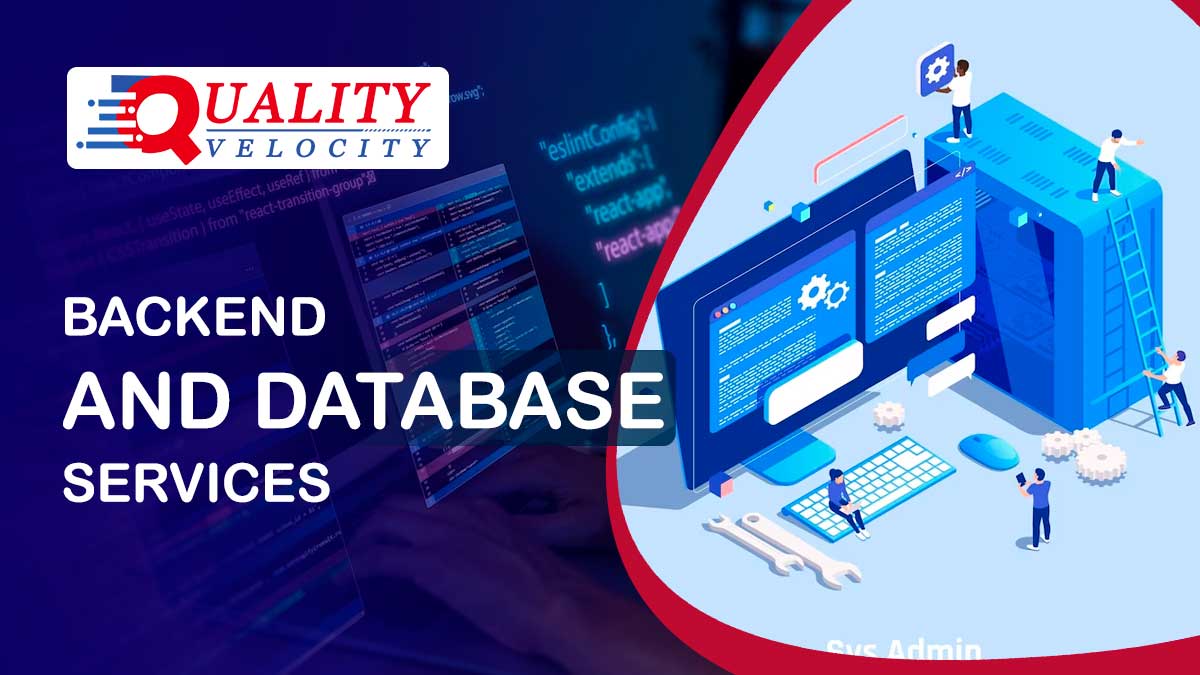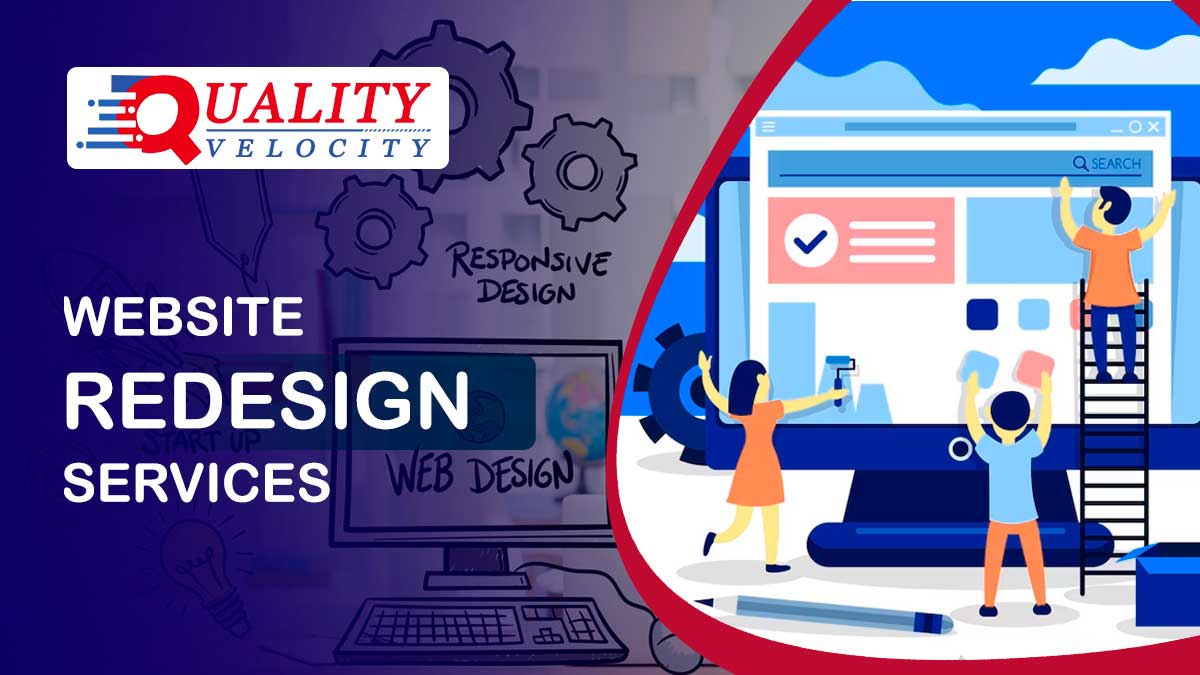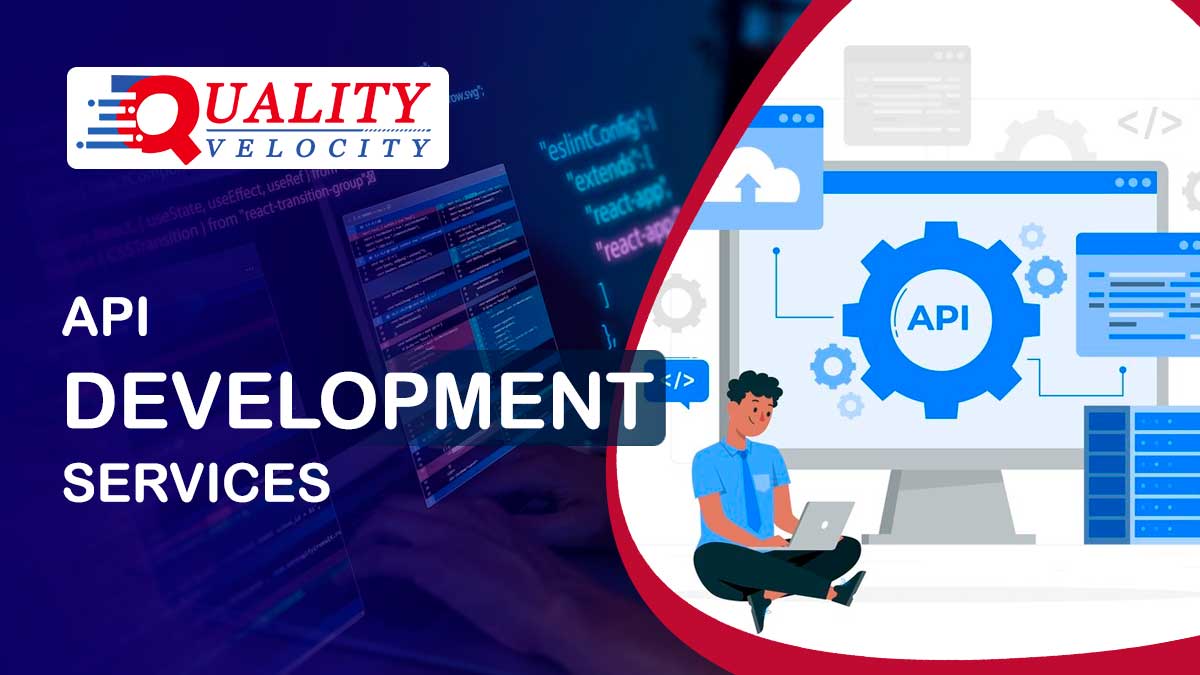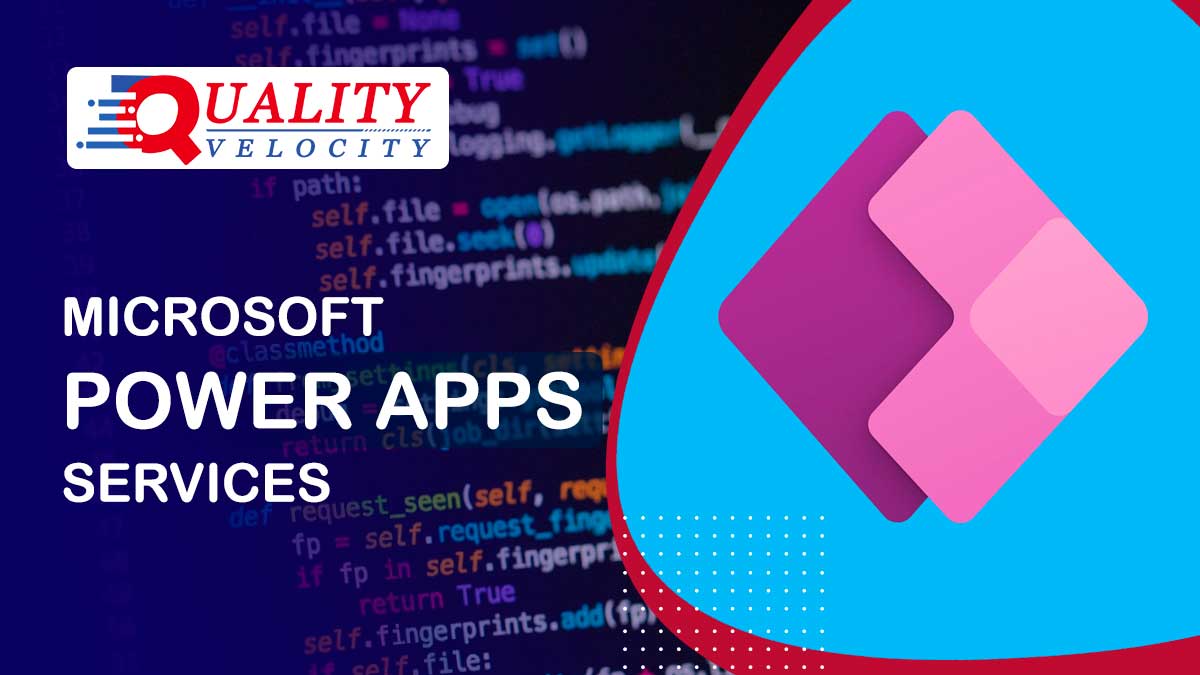Custom Backend Development Solutions
Today, mobile and web applications play an essential role in the success of an enterprise. Backend developers ensure that your visitors have an interactive and smooth experience on your website.
Impressive is one of the leading backend development companies offering various capabilities, from simple websites to advanced IoT devices. Our technology stack includes many options like Python, HTML, CSS, Java, PHP, NodeJS, R Programming, Dot Net, etc.
We provide a complete range of backend development services, from building custom backend layers to enabling cloud integration to help enterprises lead in the digital age.
Backend services and databases are essential components of software applications that handle data storage, processing, and business logic. They work together to support the functionality and performance of the application. Here's an overview of backend services and databases:
Backend Services: Backend services, also known as the server side of an application, are responsible for processing requests from clients (such as web browsers or mobile apps) and generating appropriate responses. They handle tasks like data processing, business logic implementation, and communication with databases. Some key aspects of backend services include:
1.Web Servers: Backend services are often hosted on web servers that receive incoming requests and route them to the appropriate components of the application. Popular web servers include Apache HTTP Server, Nginx, and Microsoft IIS.
2.Application Logic: Backend services implement an application's core logic and functionality. This includes processing user input, performing calculations, interacting with databases, and generating responses to be sent back to the client.
3.APIs (Application Programming Interfaces): Backend services expose APIs that define the contract between the client and the server. APIs specify the available endpoints, request/response formats, and authentication mechanisms. They allow clients to interact with the backend and access the application's features.
4.Security and Authentication: Backend services handle authentication and authorization to ensure that only authorized users can access specific resources or perform certain actions. This includes implementing user authentication, session management, access control, and encryption of sensitive data.
Databases: Databases are software systems designed for storing, managing, and retrieving data. They provide a structured and organized approach to data storage, ensuring data integrity, reliability, and efficient data retrieval. Key types of databases include:
1.Relational Databases: Relational databases organize data into tables with predefined schemas, and relationships between tables are defined using keys. Examples of relational databases include MySQL, PostgreSQL, and Oracle Database. They are widely used for applications that require structured data and complex querying capabilities.
2.NoSQL Databases: NoSQL (Not only SQL) databases provide flexible and scalable data storage solutions for applications with varying data structures and high-performance requirements. NoSQL databases like MongoDB, Cassandra, and Redis offer different data models such as key-value, document-oriented, columnar, or graph databases.
3.Object-Relational Mapping (ORM): ORM frameworks like Hibernate, SQLAlchemy, or Sequelize allow developers to work with databases using object-oriented programming languages. They provide an abstraction layer that simplifies database interactions, mapping objects to database tables, and handling data access operations.
4.Database Management Systems (DBMS): DBMS software manages the database operations, including data storage, indexing, querying, and transaction management. It provides tools for administration, monitoring, and backup/restore operations. Examples include MySQL, PostgreSQL, MongoDB, and Microsoft SQL Server.
Backend services and databases work together to store and process data, execute business logic, and provide a seamless experience for users interacting with an application. The choice of backend services and database technologies depends on factors like application requirements, scalability needs, data structure complexity, and performance considerations.






